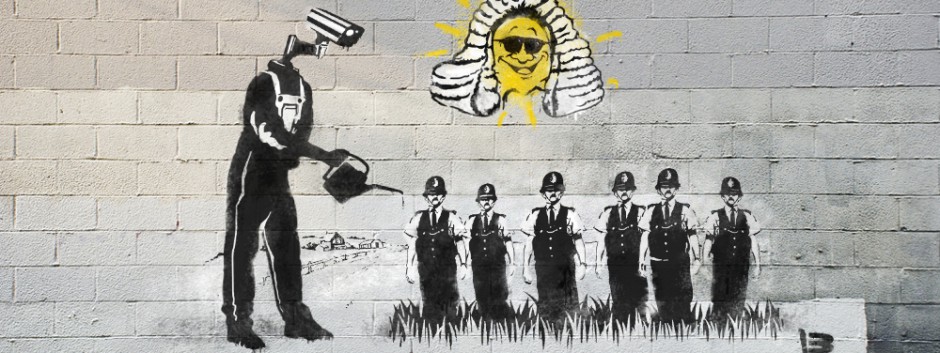Blog Post #5 and #6
- “The interiorization of the technology of the phonetic alphabet translates man from the magical world of the ear to the neutral visual world.”
The chapter highlights the difference between non-literate natives and literate natives and the non-literate man with the Western man. One of the main points made is that the non-literate man, specifically in the African culture, did not really see himself as an individual. According to Carothers, the tribe was a major part of the culture and everything was centered around community purpose. Most important to that culture is the ear and I can see how being able to detect sounds from afar is really essential for their survival. Even before seeing a wild animal, it is important to hear that animal from a distance. In contrast, in Western societies, the eye is more important than the ear. What we see is more important than what we hear because we believe what we see.
- “Schizophrenia may be a necessary consequence of literacy”
This chapter points out when the ear and the eye became separated. The term “schizophrenic” is used to describe the varying degrees of dualistic that the alphabet gave man. If we didn’t have the alphabet with the dualistic patterns, every different sound would have to have its own meaning. So duality makes it possible to say the things we want to say and in a multitude of ways. The meaning we assign to words depend on how they are connected to other words. That is to say, we have countless ways to express ourselves through literacy and that has allowed our minds to expand and comprehend a number of different things at the same time.
- Raymond Williams in “The Technology and the Society” describes how technology has affected us by altering the way we think and to some extent, dominated our society. Williams viewed television as a powerful tool that set in motion certain social and cultural events that would not have occurred without it. Television as a means of broadcasting, has brought the world to our homes and has widen our perspective but as Williams points out, it is also used in a manipulative way and can affect our social, economical, and cultures perspectives.
- In Mcluhan’s “Medium is the Message”, Mcluhan tells us that the method that we choose to express a message affects the message itself. An example of this can be seen with news broadcasting. The news can be announced on a serious news network and have a totally different effect than the same news announced on a show like “Saturday Night Live” delivered in a light and humorous way. The medium affects the way we think and works in conjunction with our mind and thoughts. Mcluhan wants us to analyze what we hear and see and realize that it may not be a simple as it seems but affected by the way it is delivered to us.
- The four different readings commonly share the concept of language as the dominating factor and explain how language affects our perception and understanding. We have taken it for granted that we speak and communicate and know what language is but the readings explain that language is much more complex. The reading collectively show that different choices of metaphor produces different senses of the same words or meanings. They express that language is not just a way of communicating but a way of organizing and constructing society and mental representations. Therefore, our language and our thoughts are inseparable.



